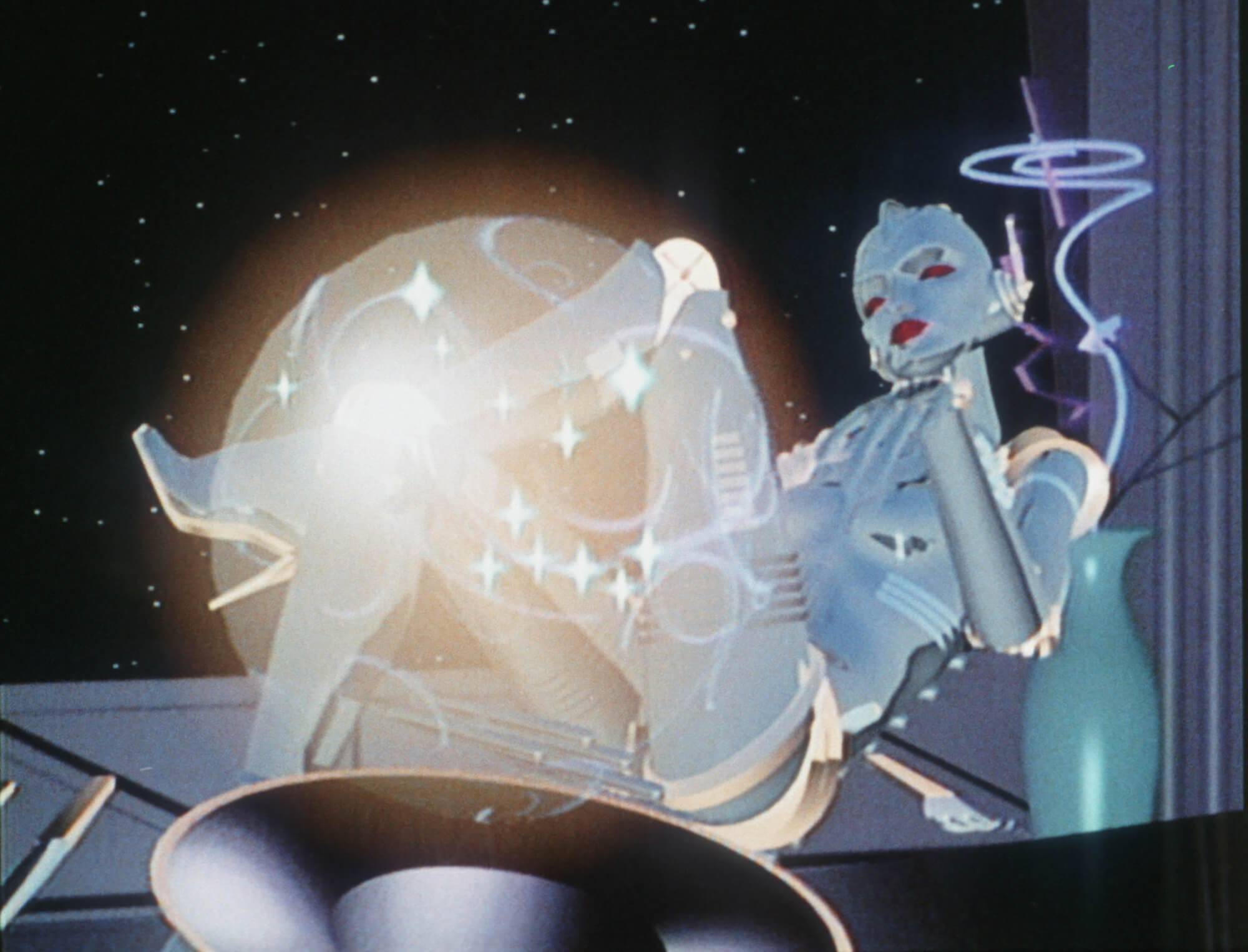Computer Animation and Motion Capture history

Motion capture has been an animation and film technique used as early as the 1930s, with films such as Gulliver's Travels in 1939, where the technique of rotoscoping was used instead of a traditional 2D animation approach. Big studios such as Disney also made use of similar techniques in the same time period, with rotoscoping used in films like Snow White and the Seven Dwarfs (1937) and Alice in Wonderland (1951). Another early development into Motion Capture in film includes a blend of puppetry and Early 3D CGI animation. One example of this technique in particular is by Jim Henson, who worked in part on the Muppets. There has been documentation of a puppet created in conjucture with Pacific Data Images to create a CGI version of Waldo, a character on the show. This was controllable in real time at a low render setting, however flashy polished graphics would take several hours to compute, for the time this was a huge technological feat.

Increasing computing power in the 1980s made way for the possibility of Computer Generated imagery, which was frequently used in conjuncture with Motion capture software. One documented case of this is the 1984 Advertisement animation "sexy Robot". this involved a character wearing a motion capturing outfit with multiple black splotches acting out a scene. these could then be input into the software that would track these movements and the animators could then sync upp the Model of the robot girl to those of the human actor, leading to believable motion in a virtual model.

As the decades progressed there was an increase in the use of CGI and Motion capture.
several music videos made use of this new technology, including Don't touch me in 1989 and Steam in 1993. Motion capture techniques also began to be used in the video game industry during the 1990s. The first noted game was Atari's "Highlander; The Last of the McLeods" in 1995. Grand Theft Auto 3 in 2001 was a big leap forward in 3D CGI imagery in videogames, and also made use of motion capture technology in the animation of characters. as of now Many 3D game titles make use of Motion capture software, including Playstation title The Last of Us.
With this big jump forward in technology and 3D animation graphics, Movies have also seen a large rise in 3D animation and CGI. This was noticeable in the early 2000s with titles such as Sinbad: Beyond the Veil of Misfits (2000), Final Fantasy: The Spirit Within (2001), The Lord of The Ring Trilogy, King Kong (2005) and the Polar express(2004).

One term that has gone hand in hand with both 3D animation and motion capture technology is the "uncanny Valley", where depictions of humans fall into a category of being "creepy" or "unnatural" as they look close enough forhumans to recognise but with a few offsetting differences that gives the viewer the feeling that something is not right. This term was coined by Masahiro Mori in 1970, and is used frequently with CGI humans and humanoid robots. On example of this is the 2004 Christmas film "the polar express", which was animated entirely in 3D animation. While the technology was considered breakthrough when it was first released, many viewers found that the characters had an unnatural feeling to them. Film review critics on Rotten tomatoes came forward with a general consensus: "Though the movie is visually stunning overall, the animation for the human characters isn't lifelike enough..." with a critics score of 56%

Some notable pioneers of 3D animation include japanese programmer and artist Yoichiro Kawaguchu, whose early works in the field included surreal, brightly coloured worlds generated with computer algorithms. His works are notable for having an organic feeling to them, which early CGI made difficult to achieve. his early works include the 3 minute animation "Embryo", which was released in 1988.
While Computer animation was used in the late 70s and throughout the 80s, in the 1990s there was a rise of Computer animation in videogames. while the 90s was certainly a notable time for the blending of CGI and videogames, examples can be seen in the80s as well, including the 1983 title Dragons Lair, worked on bt Ex Disney creative Don Bluth. 1983 was also the year that the home computer Commodore 64 hit the markets, being one of the first advanced and affordable home computers, making the technology capable of Computer animation and cgi much more accessible to the masses.
A computer without software was not very useful however, and the early 1980s saw the creation of many softwares and computer animation companies. These include Wavefront Technologies (84) who worked on the Tron Films. in 1995 this company merged with Alias Research and created computer animation software Alias/Wavefront. This would eventually turn into one of the largest animation software companies in the industry: Maya.

Comments
Post a Comment